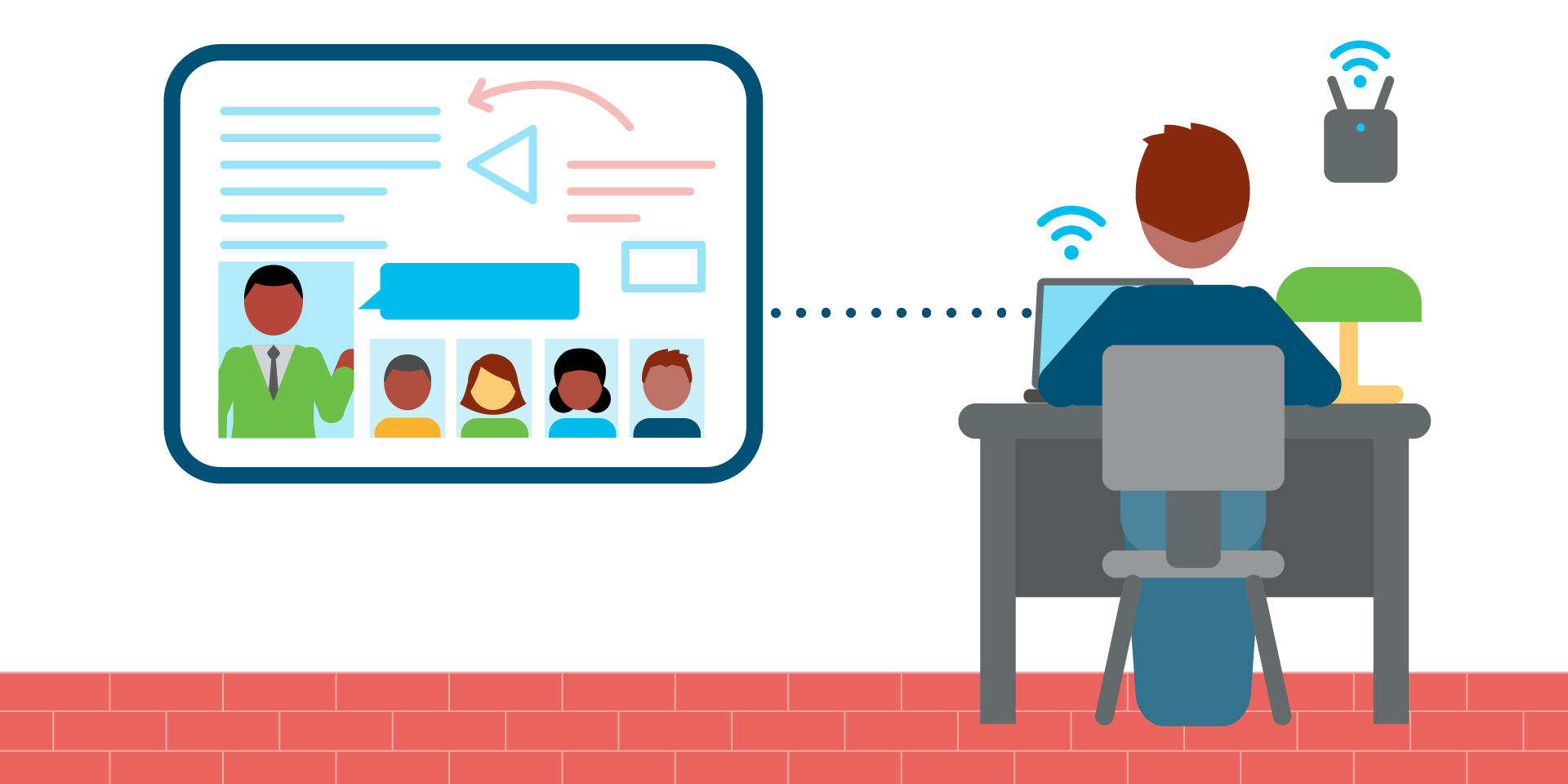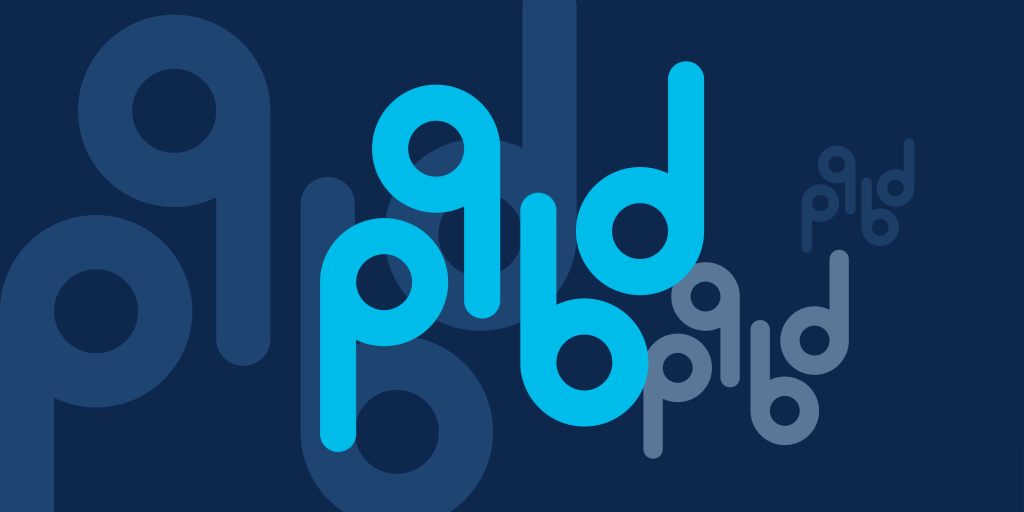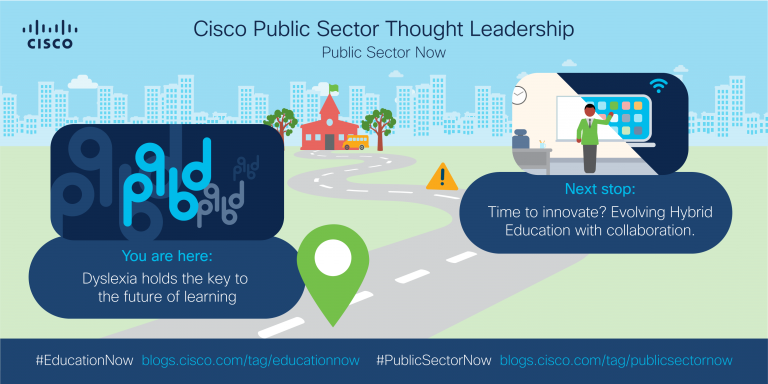This week in #EducationNow, join us as we continue with the second blog of the “Transition to Hybrid Learning” mini-series.
What type of learner are you?
Studies have long argued that there are three types of learners: audible, visual, or kinetic. The trick? To work out what type of learner you were, then harness it.
Today, in the face of a global pandemic, we need to adapt that concept to ask, “What type of digital learner are you?”
Long have we emphasized the repetition of information, the importance of memorization, and the placement of proficiency before growth. Today, we realize there is no one way to educate. Education is about tailoring and personalizing the learning journey, while teaching students to become lifelong learners. In-person, virtual, and hybrid education models need to cater to all types of learners and allow each of those students to succeed as a new type of learner: the digital learner.
Digital tools augment each type of learner: they empower students to discover new methods of learning, enhance their existing abilities, and uncover their potential. Just as there is no single right way to educate, there is also no single right way to measure success.
The time is right to invest in digital learning.

Making every student a “good student”
What if we were to acknowledge that learning styles differ, that learning pace is mixed, and that every student comes from a unique learning background? Traditional learning programs expect standard results through a standard method developed over time – when really there is nothing standard about our learners.
The power of digital learning, augmented by technology, is more realistic when you consider how we can leverage technology to overcome learning obstacles with proven results. Most impressive is the power these types of learners have to shatter misguided preconceptions of what a good learner is and how it allows every student the opportunity to succeed.

Overcoming learning challenges through augmented learning
Dyslexia is one such example: often seen as an obstacle to traditional learning. However, looking at how students with Dyslexia have achieved academic and personal success through the use of technology, we can show the use case for a future where augmented digital learning is accepted. Technology, when paired with dyslexia, for example can level the playing field for millions of students and power innovation across fields.
Think of dyslexia as a bit like spellcheck: it autocorrects the words that you meant to say with completely random words of no relevance to the conversation. These “autocorrections” by dyslexia can lead to confusion and embarrassment. The brain is an amazing organ and its axon processing capabilities are genetically influenced. People with Dyslexia often favor certain subjects due to the length of their axon – showing one particularly advanced area of competency, while struggling with traditional education expectations critical to success in multiple competencies.
These expectations outline how many schools and assessments define a “good student,” often making traditional schooling an uphill battle for students with dyslexia.

Breaking the mold to revolutionize education
“For decades dyslexic individuals have been expected to ‘fit in’, measured and benchmarked for the very skills they find challenging. Now, technology is replacing the need for these skills. In contrast dyslexic thinking skills are the ‘in demand’ skills in this changing world of work. Put simply the workforce of today and tomorrow needs dyslexic thinking, and dyslexic individuals should no longer be expected to ‘fit in’ but ‘stand out’, and focus on their strengths.”
Kate Griggs, Made By Dyslexia
A question I often find myself asking is: How could we revolutionize teaching and testing with technology and augment learning to transform outdated expectations?
For example, in the UK, 33% of a General Certificate of Secondary Education geography mark is based on the student’s handwritten grammar and spelling. In other words, a student might receive a D regardless of knowing the answer to an essay question if their spelling and sentence construction are wrong.
Now, imagine an assessment that enables the use of augmented technology (e.g. spell checker, grammar checker) to allow that student with the same knowledge to get a B, or even an A.
Augmented education is not a means to degrade current educational processes or reward certain students over others. We could say that augmented education is a fix: it is to enabling learning, like eyeglasses or contact lenses are to correcting vision. Augmented education is the enabler of articulation: the lens that clears vision and allows the student to thrive. Just as glasses augment a person’s vision, technology augments a dyslexic student’s unique abilities and thought processes.
In the new world of hybrid education, digital competency is critical to students’ futures and it is time to accept and promote augmented digital learning.
Creating a New Norm
Technology powered by artificial intelligence is the new normal: mobile devices are critical to our daily life and influence the way we live, work, communicate, and play. Many students and parents are learning, teaching, and working in an entirely remote fashion. We rely on Google Translate for Spanish class, Wolfram Alpha for algebra help, and YouTube clips of Bill Nye the Science Guy for chemistry lessons. Augmented experiences are here to stay.
Technology has the power to transform learning experiences for students across the board: to encompass every situation, to address every learning style, and to overcome every challenge. The sooner we recognize augmented learners, the more successfully we will adopt hybrid learning.
Just ask those gifted Dyslexic students who have gone on to change the world.
Continue on the #EducationNow journey with the final blog in the “Transition to Hybrid Learning” series next week.




Neal, thanks for another great post! This is certainly food for thought … would love to learn more on how augmented learning plays to the strengths of dyslexic learners. When designing learning experiences, giving learners control and options is powerful. And, as you noted, learning style is just one slice of that pie. Keeping our focus on what learners bring to the table helps us build learning experiences that aren’t just accessible, but also accelerate engagement and learning.
So true about “dyslexic learners” having more radiant, less linear ways of problem solving. But let’s not use that term anymore because a “dys-“ prefix denotes dysfunction.
I prefer to refer to my students as those who “learn differently,” which, when you think about it—we ALL learn differently. And that’s why learning approaches that work for these students work for everyone!